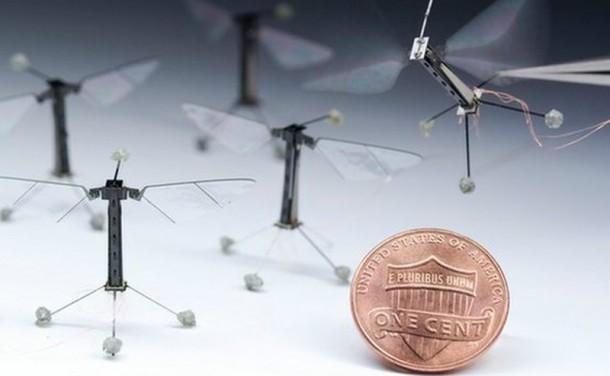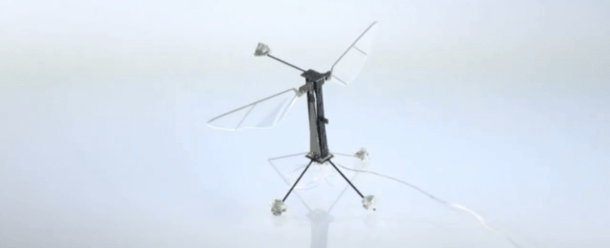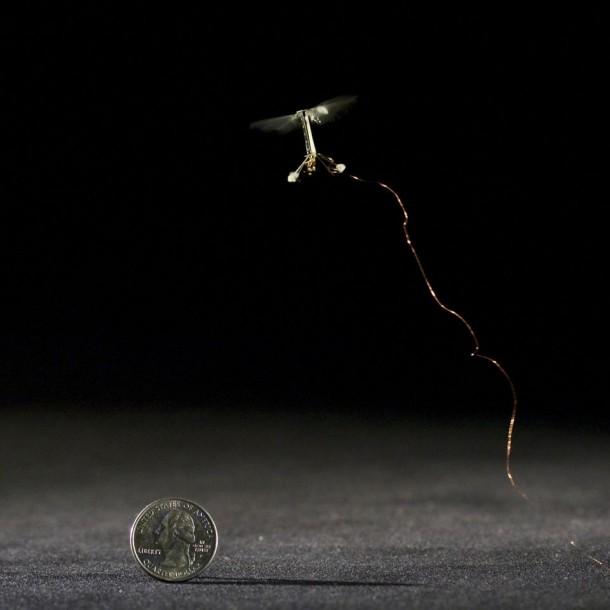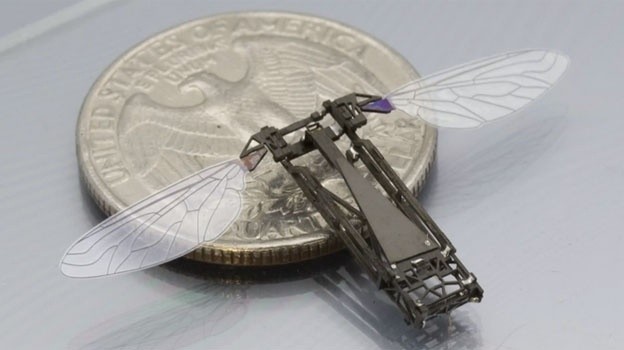 We
are living in the era of technology and innovation. Not a day goes when
something unique and eye-catching doesn’t come to light. Scientists are
working around the globe to come up with new and efficient inventions,
preparing more efficient and sophisticated methods of production and
what not. Technology has touched every profession and improved it.
Robotics for instance, has taken a giant leap in the past few years and
today we stand at a point where all the impossible things are becoming
possible. We have already talked about robotic jellyfish; Cyro.
We
are living in the era of technology and innovation. Not a day goes when
something unique and eye-catching doesn’t come to light. Scientists are
working around the globe to come up with new and efficient inventions,
preparing more efficient and sophisticated methods of production and
what not. Technology has touched every profession and improved it.
Robotics for instance, has taken a giant leap in the past few years and
today we stand at a point where all the impossible things are becoming
possible. We have already talked about robotic jellyfish; Cyro. Today
we shall be presenting you the world’s smallest flying robot; the
robotic insect. Invented by the US scientists, this robot, which is the
size of a fly is able to perform maneuvers just like any other normal
insect. Known as ‘Robo-fly’, this robot has been made from carbon fiber
and weighs only a fraction of a gram. It has electronic ‘muscles’ which
power its wings. The developers who are from Harvard University, are
hoping that their robot might prove useful in a lot of situations. This
development has been reported in the Science Journal and there is a lot
of potential for this invention in the future. The robot has agility
that is at par with that of a real insect and is able to evade the
swiftest of human efforts to dispose it. The timely wing movements make
such maneuvering possible. The art of adjusting lift and thrust help
insect (robot) to hover and make it able to perform superb maneuvers
while in hover. This is done by high speed movement of their wings.
Mimicking this movement in the Robo-fly was the real challenge and it
has been tackled quite beautifully by the scientists. A special material
known as piezoelectric material was used to achieve the 120 times per
second of wings beating. The material contracts every time a voltage is
applied to it. A rapid switching of voltage led the scientists into
mimicking the real insect’s wing mechanism.
Today
we shall be presenting you the world’s smallest flying robot; the
robotic insect. Invented by the US scientists, this robot, which is the
size of a fly is able to perform maneuvers just like any other normal
insect. Known as ‘Robo-fly’, this robot has been made from carbon fiber
and weighs only a fraction of a gram. It has electronic ‘muscles’ which
power its wings. The developers who are from Harvard University, are
hoping that their robot might prove useful in a lot of situations. This
development has been reported in the Science Journal and there is a lot
of potential for this invention in the future. The robot has agility
that is at par with that of a real insect and is able to evade the
swiftest of human efforts to dispose it. The timely wing movements make
such maneuvering possible. The art of adjusting lift and thrust help
insect (robot) to hover and make it able to perform superb maneuvers
while in hover. This is done by high speed movement of their wings.
Mimicking this movement in the Robo-fly was the real challenge and it
has been tackled quite beautifully by the scientists. A special material
known as piezoelectric material was used to achieve the 120 times per
second of wings beating. The material contracts every time a voltage is
applied to it. A rapid switching of voltage led the scientists into
mimicking the real insect’s wing mechanism.
As per Dr. Ma; “We get it to contract and relax, like biological muscle.” The basic purpose of this research was to understand how the flight mechanism of an insect works. The robotic insect really comes as a by-product. Dr. Ma also stated that; ‘We could envision these robots being used for search-and-rescue operations to search for human survivors under collapsed buildings or [in] other hazardous environments. They [could] be used for environmental monitoring, to be dispersed into a habitat to sense trace chemicals or other factors.’ He also stipulated that this robot could be made to behave like real insects in order to help in the pollination of crops; ‘to function as the now-struggling honeybee populations do in supporting agriculture around the world.’ Scientists are now working to provide a means to power it wirelessly; however, they say it might take a couple of years to achieve. Dr. John Dyhr, a Biologist from the University of Washington who is a student of insect flight, had the following to contribute; ’The physics of flight at such small scales is relatively poorly understood which makes designing small flying systems very difficult.’
Source : wonderfulengineering.com

No comments:
Post a Comment